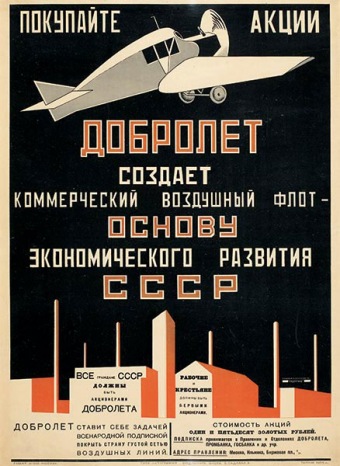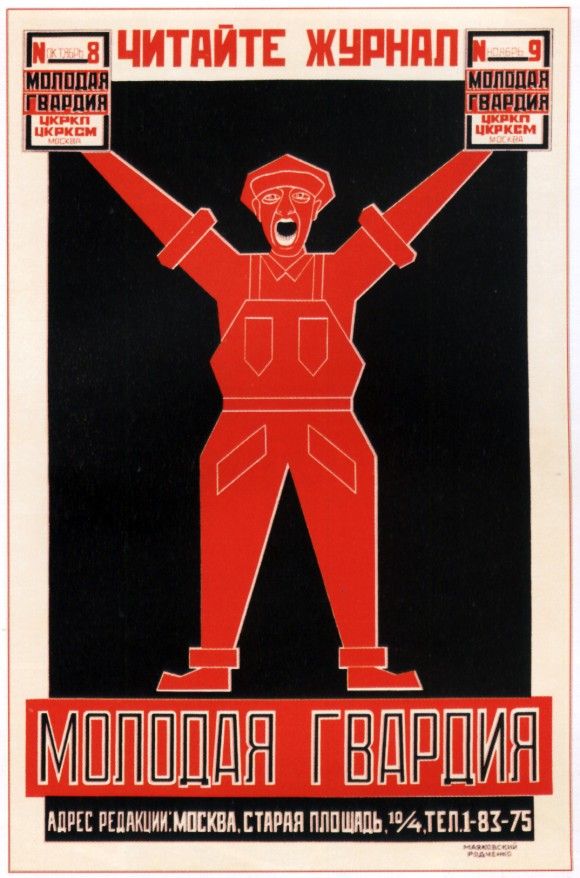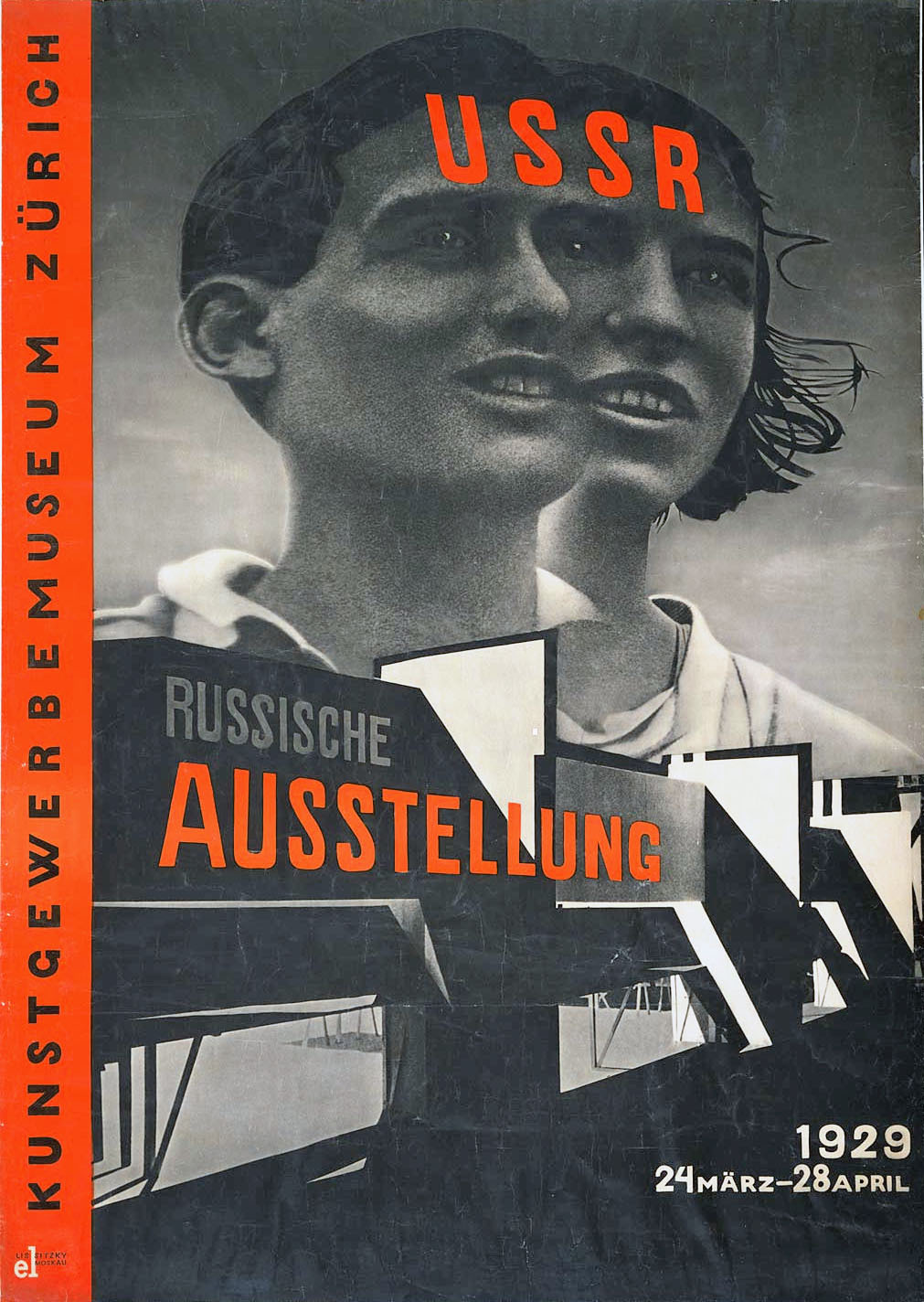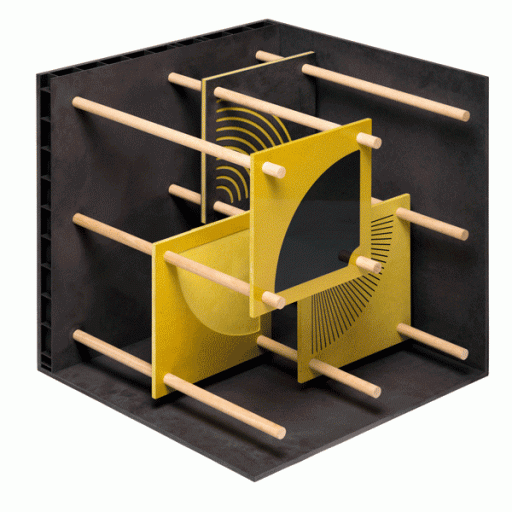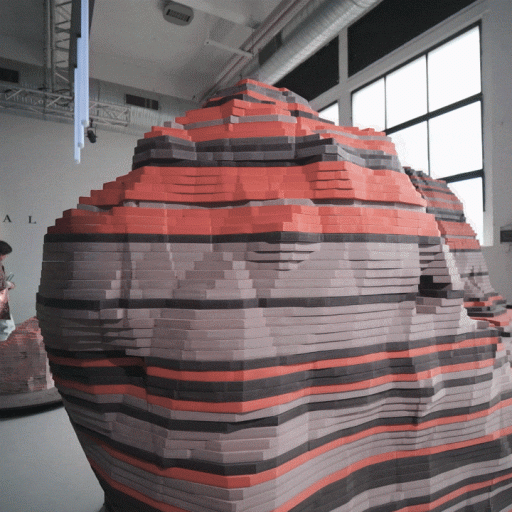Russian Constructivism was an artistic movement that triumphed in Russia in the 1920s. The paintings, graphic design, photography, and cinema of the time all show evidence of its influence, but it was in architecture that it found its most concrete and revolutionary application.
The movement rose out of the rejection of the decorative and ornamental excesses that were seen as belonging to bourgeois art. While Neoclassicism and Art Nouveau prevailed in the rest of Europe, the Russians were going to create a type of art based on simplicity, pure lines, and geometric shapes, that was inspired by Cubism and Futurism.
https://www.instagram.com/p/BdaZfKMAs18/?igshid=wjxmhrcas91r
Art that served the revolution
Following the success of the Russian Revolution, Constructivism became its official art style and the manifestation of the aesthetics of the new Socialist society. Constructivists saw the style as a tool for the revolution that could, and should, contribute to the shaping of a new social order and the dissemination of Socialist ideology. Artists saw their work from a utilitarian and functional perspective, in which the aesthetics were always there to serve the purpose of the art, and they wanted to change the world with their work.
The design style was influenced by the Industrial Revolution that the Soviet Union experienced after the Russian Revolution. We can see this in Tatlin’s Tower, designed by Vladimir Tatlin, one of the main examples of Constructivism and which was never built. It combined a machine aesthetic with dynamic components that celebrated technology, such as reflectors and projection screens.
https://www.instagram.com/p/BnveOFNFO0u/?utm_source=ig_web_copy_link
At the end of the 1920s, the Communist Party began favouring the doctrines of Socialist Realism, which would reign over Soviet art for decades. Its influence, which inspired the Bauhaus and major architects, can still be seen today.
https://www.instagram.com/p/B104fgIHZ5h/?utm_source=ig_web_copy_link
Constructivist architecture and the new Socialist city
The use of Constructivist principles in architecture was their most concrete and revolutionary application. The Socialist way of life meant changes to daily life and work and Constructivists took on the job of designing a new city for this new society. They focused their attention on creating new infrastructure that were required for community services, applying the criteria of functionality.
https://www.instagram.com/p/ByEwu4yJ1CN/?igshid=13z0mx45i686p
For this reason they would use “poor” materials (e.g. concrete, glass, and metal) and a style based on simplicity, pure lines, and geometric shapes. It was all about providing simple and cheap answers to new urban problems, and in the process, occasionally creating new architectural typologies. This is how workers’ clubs, leisure centres, and group homes came to exist. Centres for communication, garages, factories, and schools were some of the other highlights of this movement. All of them were utilitarian buildings that served the people.
https://www.instagram.com/p/BmdFaasA-Dl/?igshid=122qt1ds45ukk
Some of the best examples that still exist today include the House Hive and the Rusakov Workers’ Club (Melnikov, 1929); the Zuev Workers’ Club (Golosov, 1929); the Mosselprom apartment building (Strukov, 1917); the Intourist garage (Melnikov, 1933); the Shábolovka Communications Tower (Shujov, 1922); the Communal House of the Textile Institute (Nikolaiev, 1930), the Communal House for the Narkomfin (Ginzburg and Milinis, 1930). And let’s not forget the more than 140 Constructivist structures that have been preserved in the city of Yekaterinburg as well as the other buildings constructed throughout the territory of the former USSR.
https://www.instagram.com/p/Bc6u8bkAumj/?utm_source=ig_web_copy_link
After a political fall from grace in the mid-1930s, some of the buildings had to hide their avant-garde structures with ornamental elements. This was called “enriched Constructivism”, contrasting with the movement’s bare beginnings.
https://www.instagram.com/p/BbRDEsHBH79/?utm_source=ig_web_copy_link
Russian Constructivism in graphic design
Pure geometric forms, linearity, symmetry, repetition, simple, sans-serif fonts, the dominance of red and black, photomontage. Using these elements, Constructivists would create a graphic design style that rejected all artifice and that we still associate with post-revolution Russia today. Its purposes included informing a population of mostly illiterate people about the politics of the new government. That was the reason for one of the its main characteristics: font manipulation in order to give each part of the text the characteristics (e.g. a shape or colour) that reflected its importance within the message.
The main figures behind it were Aleksandr Rodchenko, his wife Varvara Stepanova, El Lissitzky, and the Stenberg brothers. The advertising agency founded by Rodchenko and the poet Mayakovski released more than 150 designs and ads between 1923 and 1925.
How far did Constructivism get? Photography and cinema
Rodchenko was also a pioneer of photographic Constructivism, which sought to free the photographer from the conventions of the time by showing common objects from unexpected angles, to the extent that they were difficult to recognise, as well as producing contrasts with light.
Closely linked to photography, cinema also became a field of experimentation for Constructivists. Alongside the intertitles created for some films by artists like Rodchenko, the montage style of Sergei Einseistein and Dziga Vertov are also considered Constructivist. In a similar way to Rodchenko’s photography, Vertov’s Kinoks sought to embody “a deeper truth which could not be seen with the naked eye”.
https://www.instagram.com/p/B0VjNr5nc-Y/?utm_source=ig_web_copy_link


